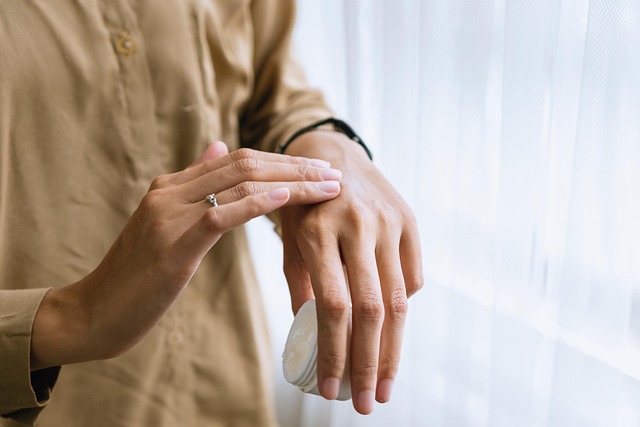DIY routines with evidence backed methods for hydration and surface protection
This article outlines practical DIY routines for skin and hair that focus on hydration and surface protection using evidence-backed approaches. It explains how humectants, emollients, and occlusives work together to support the barrier, manage sebum, and improve texture. Read on for step-by-step guidance and safe ingredient choices for scalp, cuticle, and frizz management.

Hydration vs moisture: what’s the difference?
Hydration refers to the water content within skin and hair fibers, while moisture is a broader term that includes both water and lipid components that keep surfaces supple. Practical DIY routines separate these goals: introduce humectants to attract and hold water, and then follow with emollients and occlusives to maintain that water and reinforce the barrier. Understanding this distinction helps prevent over-cleansing that strips natural sebum and leads to long-term dryness.
How do humectants help?
Humectants are ingredients that attract and bind water. Common examples used safely in home routines include glycerin and hyaluronic acid-based products. Applied to damp skin or hair, humectants improve immediate hydration by drawing ambient moisture and any remaining water into the tissue. For the scalp and hair, using a lightweight humectant before styling supports pliability and helps reduce brittleness without heavy residue when used in appropriate concentrations.
Why use emollients and occlusives?
Emollients soften irregular surfaces and improve texture by filling microscopic gaps in the skin and cuticle. Examples are squalane and certain plant oils. Occlusives form a thin barrier that slows water loss; commonly used occlusives include petrolatum and heavier botanical butters for hair ends. In a DIY routine, apply emollients after humectants to smooth texture, then a light occlusive if needed to lock in moisture—particularly at night or on dry hair ends prone to frizz.
Scalp care: managing sebum and balance
Scalp health depends on balanced sebum production and a non-irritating routine. Gentle, non-stripping cleansers help remove buildup without eliminating protective lipids. When adding hydrating steps, target the scalp with light humectant serums rather than heavy oils that can trap residue. For those with oily scalps, focus on restoring barrier function—overwashing can increase sebum output, so adjust frequency to your texture and nourishment needs rather than following strict schedules.
Cuticle, texture and frizz control
The hair cuticle influences reflectivity, smoothness, and frizz. Cuticle lifting from heat, friction, or chemical exposure increases porosity and reduces moisture retention. Regular use of emollients can temporarily realign scales to improve texture; leave-in conditioners with lightweight occlusives help smooth the cuticle surface and reduce frizz. For porous hair, combining a humectant applied to damp hair with a sealing emollient provides controlled moisture without excessive tackiness.
Building a repeatable routine for nourishment and barrier support
A simple, repeatable DIY routine starts with a mild cleanser if needed, followed by a humectant applied to damp skin or hair, then an emollient, and an occlusive where required. For scalp care, use lighter formulations and avoid heavy occlusives directly on the roots. Frequency depends on personal texture and environment: higher humidity requires less occlusive work, while dry climates benefit from more sealing steps. Keep routines minimal and consistent to support the barrier without overloading surfaces.
This article is for informational purposes only and should not be considered medical advice. Please consult a qualified healthcare professional for personalized guidance and treatment.
Conclusion
An effective DIY approach prioritizes hydration first, then surface protection. Humectants attract water, emollients improve texture, and occlusives reduce water loss—together they support barrier function, manage sebum, and reduce frizz when applied thoughtfully. Tailor steps to scalp and hair texture, avoid excessive cleansing, and focus on simple, repeatable routines for lasting nourishment and protection.





